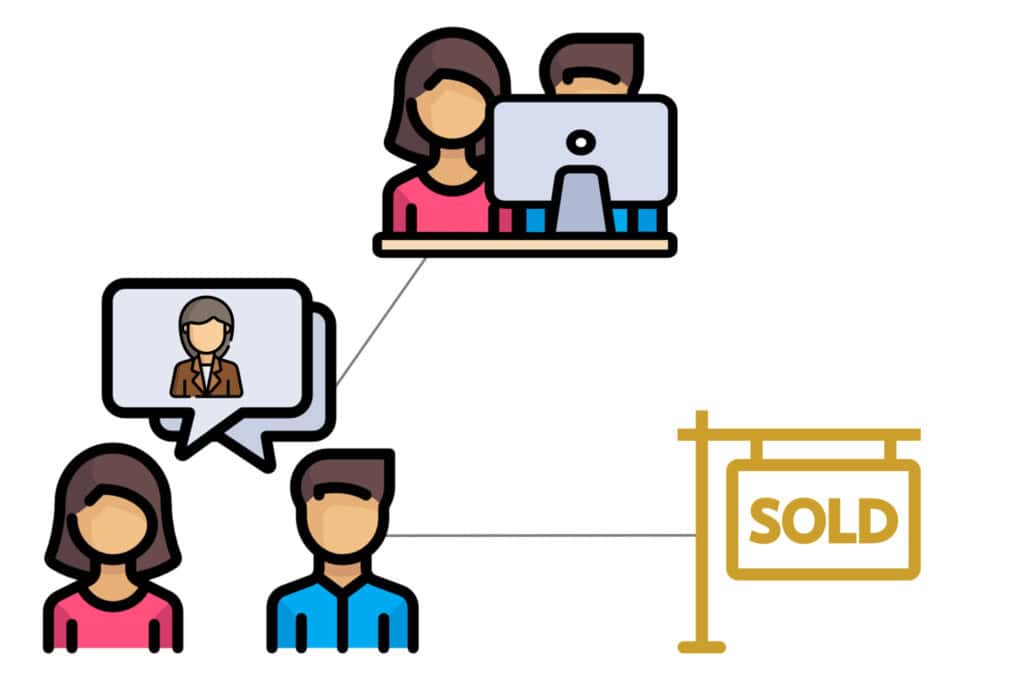In an increasingly digitized real estate market, the role of Multiple Listing Service (MLS) platforms has evolved far beyond simple property databases. Today, these systems function as complex, data-driven platforms that support every aspect of property transactions, from listing to closing. Given the heavy reliance on digital infrastructure, maintaining seamless performance has become non-negotiable. Any system downtime, lag, or data inaccuracy can significantly disrupt business operations and client trust.
Table of Contents
ToggleTo ensure MLS platforms remain efficient and reliable, performance monitoring tools have emerged as essential components of system management. They offer not only real-time visibility into platform operations but also provide actionable insights that help prevent issues before they affect users.
Understanding the Importance of Performance Monitoring
Performance monitoring is more than just watching a system run; it involves systematically observing and analyzing metrics such as server load, response times, data throughput, API performance, and user interactions. In the context of MLS operations, these metrics are directly tied to user experience, agent productivity, and platform credibility.
For example, a delayed response from a property search query or a glitch in updating listing details can cause frustration among agents and clients alike. By the time such issues reach the helpdesk, opportunities may already have been lost. This is where performance monitoring tools shine—they help catch system bottlenecks and inefficiencies long before they become visible to end-users.

Selecting the Right Monitoring Tools for MLS Systems
Choosing a suitable monitoring solution depends heavily on the complexity and scale of the MLS platform. Smaller MLS operators may be satisfied with basic uptime and usage tracking, while national or regional platforms handling thousands of concurrent users require robust, enterprise-grade monitoring systems.
Modern performance tools often include features like real-time alerts, trend analytics, user behavior tracking, and automated reporting. These functionalities provide IT teams and MLS administrators with the ability to not only identify issues but also to understand the patterns that precede them. Over time, this predictive capability can drive smarter resource allocation, load balancing, and system design.
Some of the most valuable tools on the market integrate directly with cloud infrastructure, making them particularly useful for MLS platforms hosted on services like AWS, Microsoft Azure, or Google Cloud. These integrations simplify deployment and allow for seamless scalability as the platform grows.
Monitoring for User Experience
A key aspect of MLS performance is the user experience. While infrastructure metrics are crucial, they only tell part of the story. Real estate agents and clients interact with platforms in nuanced ways, and any friction in their digital journey can result in lost business. Monitoring tools that track front-end performance—such as page load speed, image rendering, mobile responsiveness, and click tracking—can uncover user experience challenges that backend metrics alone might miss.
Moreover, tools with synthetic monitoring capabilities simulate user actions, allowing administrators to detect potential issues before they affect actual users. For instance, a test script might simulate a property search in a specific ZIP code every hour, triggering alerts if performance dips below expected thresholds.
These insights can then be relayed to development teams to optimize code, streamline database queries, or reduce third-party plugin dependencies that may be affecting speed.
Enhancing Data Integrity and System Reliability
MLS platforms are not just performance-sensitive—they’re also data-intensive. Ensuring data accuracy, freshness, and accessibility is as vital as system speed. Performance monitoring tools that track data synchronization and query success rates can provide early warnings when listings fail to update correctly or when API endpoints begin to experience errors.
Additionally, consistent monitoring enables platforms to maintain regulatory compliance and industry standards. Whether it’s adherence to RESO (Real Estate Standards Organization) guidelines or compliance with regional data privacy laws, monitoring tools can flag anomalies that may require further review.
In a highly competitive market, maintaining a high level of system reliability builds confidence among brokerage firms, individual agents, and consumers alike.
Real-Time Alerts and Proactive Resolution
One of the strongest advantages of implementing monitoring tools is the ability to respond to problems in real-time. Most tools offer customizable alert systems that notify administrators the moment a predefined threshold is breached. These alerts can be delivered via email, SMS, or integrated chat platforms like Slack or Microsoft Teams.
This immediate visibility allows technical teams to diagnose and address issues proactively, often before they affect front-end users. In contrast, a reactive approach, where teams respond only after receiving user complaints, can severely undermine the platform’s reputation.
Furthermore, performance logs collected during an incident can be used for root cause analysis, making future occurrences easier to predict and prevent. This continuous loop of observation, reaction, and refinement is essential for a platform expected to operate with minimal downtime.
Scalability and Forecasting Future Demands
As MLS platforms expand to accommodate more listings, users, and integrations, the need for scalability becomes more urgent. Performance monitoring tools help forecast future system requirements by analyzing usage trends, peak activity hours, and geographical traffic distribution.
With this data, platform managers can plan for necessary upgrades—be it additional server capacity, database optimization, or front-end streamlining—long before performance begins to degrade. This kind of planning ensures that the platform can grow organically without sacrificing speed or reliability.
Equally important, these tools support A/B testing and feature rollouts by helping teams assess how new functionalities impact system performance. If a new map-based search feature leads to longer load times, performance logs can quickly confirm the correlation, guiding developers toward timely solutions.

Training and Cultural Integration
Technology alone cannot guarantee performance. For monitoring efforts to succeed, they must be part of a larger organizational culture that values system health and continuous improvement. MLS administrators should ensure that all technical staff are trained not only in the use of monitoring tools but also in interpreting data and making informed decisions.
Furthermore, creating a feedback loop between technical teams and end-users, often the first to notice subtle performance changes, can bridge the gap between technical metrics and practical usability.
Encouraging such communication ensures that monitoring is not viewed as a background activity but as a strategic function vital to the platform’s success.
A Future-Ready Approach to MLS Management
In the dynamic world of real estate technology, ensuring optimal system performance is no longer a luxury but a necessity. Performance monitoring tools provide a solid foundation for delivering consistent speed, reliability, and data accuracy across MLS platforms. By catching problems early, guiding strategic upgrades, and supporting excellent user experiences, these tools empower MLS providers to maintain operational excellence in an increasingly competitive environment.
Ultimately, the successful implementation of performance monitoring tools reflects a forward-thinking mindset. It shows a commitment not just to technology but to the brokers, agents, and clients who depend on it every single day.
Frequently Asked Questions and Answers
1. Why is performance monitoring essential for MLS platforms?
Performance monitoring ensures MLS systems remain fast, responsive, and reliable, supporting a seamless experience for agents and clients.
2. What types of metrics do performance monitoring tools track in MLS platforms?
They monitor server response times, API uptime, page load speeds, user interactions, and data synchronization accuracy.
3. Can performance issues impact real estate transactions?
Yes. Slow or unresponsive systems can delay listings, hinder property searches, and cause users to lose trust in the platform.
4. How does real-time alerting help MLS administrators?
Alerts notify teams of issues as they arise, allowing immediate responses to prevent downtime and ensure uninterrupted service.
5. Are cloud-based MLS systems easier to monitor?
Cloud-based platforms often integrate easily with monitoring tools and offer scalable infrastructure to manage demand fluctuations.
6. Do monitoring tools help improve the user experience on MLS platforms?
Absolutely. Tools identify front-end issues like slow load times or broken links that could otherwise frustrate users.
7. How often should MLS systems be reviewed for performance?
Continuous monitoring is best, with regular data reviews and performance audits to identify trends and resolve bottlenecks.
8. Is performance monitoring part of cybersecurity for MLS platforms?
Yes. It helps detect unusual activity or resource spikes that may signal breaches or system vulnerabilities.













